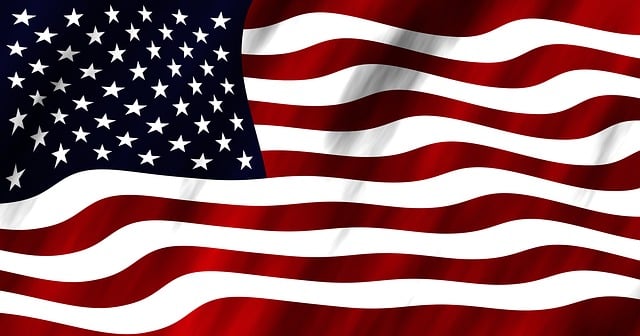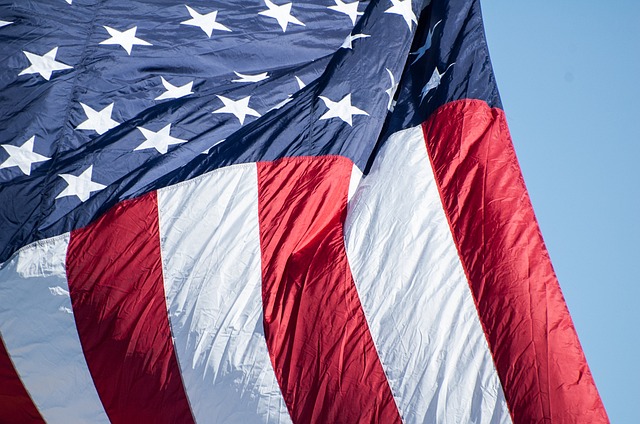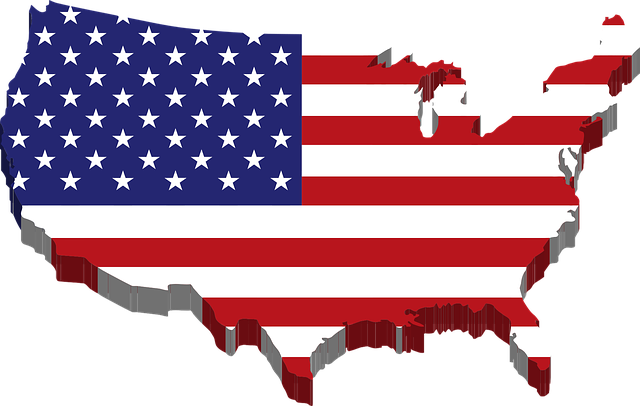The Weathered American Flag is a profound symbol of America's identity, history, and resilience, reflecting its core values like freedom, unity, and perseverance. Its evolution, marked by changes in stars and stripes, mirrors pivotal moments in US history. This iconic flag serves as a unifying force across political divides, fostering pride and belonging among Americans worldwide. Its global recognition symbolizes freedom, democracy, and hope, leaving an indelible mark on the world's landscape.
The weathered American flag, with its faded stars and stripes, is more than just a piece of cloth; it represents the nation’s strength, resilience, and legacy. This iconic symbol has evolved over time, reflecting America’s historical journey. From its historical perspective, the design changes tell stories of unity and division. Today, the flag stands as a powerful marker of national identity, fostering cultural significance and community pride. Exploring these aspects offers a deeper understanding of how the weathered American Flag preserves and promotes America’s unique legacy on a global scale.
- The Symbolism of the Weathered American Flag
- Historical Perspective: Evolution of the Flag's Design
- The Flag as a National Identity Marker
- Cultural Significance and Community Pride
- Preserving America's Legacy Through Iconic Symbols
- Global Recognition: The American Flag's Impact
The Symbolism of the Weathered American Flag

The Weathered American Flag stands as a powerful symbol, woven into the fabric of America’s identity and history. Its faded stars and stripes, frayed edges, and creased canvas reflect the nation’s resilience and enduring spirit. Much like the flag that flaps in the wind across public buildings and homes, Americans themselves embody strength, perseverance, and a fierce commitment to liberty and justice.
Every tear, stain, and crease bears witness to moments of triumph and trial in the American story. It is a testament to the unyielding courage of those who fought for freedom, the tireless dedication of citizens building a better nation, and the collective resilience faced with adversity. The Weathered American Flag, therefore, is not merely cloth and dye; it is a vibrant tapestry of America’s legacy, echoing its values and aspirations across time.
Historical Perspective: Evolution of the Flag's Design

The evolution of the American flag is a testament to the nation’s growth and changing times. The original design, adopted in 1777, featured 13 stripes representing the original colonies and 13 stars for each state, symbolizing unity and independence. Over time, as new states joined the Union, the flag underwent modifications, with additional stars added to reflect the expanding nation. This historical perspective showcases a weathered American Flag that has been continually reimagined and rededicated to represent the ever-changing landscape of America.
Each redesign serves as a marker of significant milestones in American history, from the addition of Texas and California in the 1850s to the recent inclusion of Hawaii and Alaska in the late 20th century. These changes not only illustrate the physical growth of the nation but also encapsulate the diverse tapestry of its people and values. The flag’s design has become an iconic symbol, representing not just a country’s past but also its present aspirations and enduring legacy.
The Flag as a National Identity Marker

The Weathered American Flag stands tall as a powerful symbol, instantly recognizable worldwide. Beyond its vibrant colors and stars, it serves as a marker of national identity, encapsulating America’s history, values, and aspirations. This iconic banner, with its 13 stripes and 50 stars, has endured through time, weathering various storms and conflicts, to become an enduring testament to the resilience and unity of the United States.
As it flaps in the wind, the flag evokes a sense of pride and patriotism, reminding citizens and visitors alike of their shared heritage. Its presence at historical sites, government buildings, and homes across the nation solidifies its role as a unifying force, transcending political and cultural divides. The weathered American Flag, with its faded yet resolute appearance, serves as a constant reminder of America’s strength and enduring legacy.
Cultural Significance and Community Pride

The weathered American Flag, with its stars and stripes frayed by time, stands as a powerful symbol of America’s strength and legacy. It represents more than just a nation; it is an emblem of hope, resilience, and unity. In communities across the country, this flag hangs proudly from homes, businesses, and public buildings, fostering a sense of belonging and collective pride.
The cultural significance of the weathered American Flag permeates every layer of society. It evokes memories of historical events, military victories, and civil rights struggles, reminding folks of the sacrifices made for freedom and justice. This symbol transcends political affiliations, uniting Americans in their shared love for country and their commitment to the ideals upon which it was founded. Community pride is evident when residents gather to honor the flag, celebrating not just its visual beauty but the values it upholds—values that continue to shape and inspire generations.
Preserving America's Legacy Through Iconic Symbols

America’s iconic symbols hold a powerful place in preserving its legacy and strength. One such symbol, the weathered American flag, serves as a poignant reminder of the nation’s history and values. Over time, these flags, often flown proudly in various settings, bear the marks of exposure to the elements, reflecting the resilience and enduring spirit of the United States.
The worn fabric and faded colors tell stories of past events, from bustling protests to serene celebrations. Each crease and stain adds depth to the flag’s narrative, symbolizing the diverse experiences that shape America. Preserving these weathered flags is not merely about maintaining an object; it’s about honoring the principles they represent—freedom, unity, and perseverance—which have defined and continue to guide the nation.
Global Recognition: The American Flag's Impact

The Weathered American Flag stands as a powerful symbol, recognized globally for its rich history and enduring values. Its vibrant red, white, and blue hues have come to represent freedom, democracy, and hope across borders. The flag’s impact is profound; it serves as a beacon of inspiration for those seeking liberty and justice, resonating with people worldwide.
From international landmarks to peaceful protests, the American Flag can often be seen as a universal sign of solidarity. Its global recognition stems from America’s historical role in shaping world events, its cultural influence, and its commitment to human rights. The weathered flag, with its faded stars and stripes, serves as a tangible reminder of the nation’s strength and legacy, leaving an indelible mark on the international landscape.
